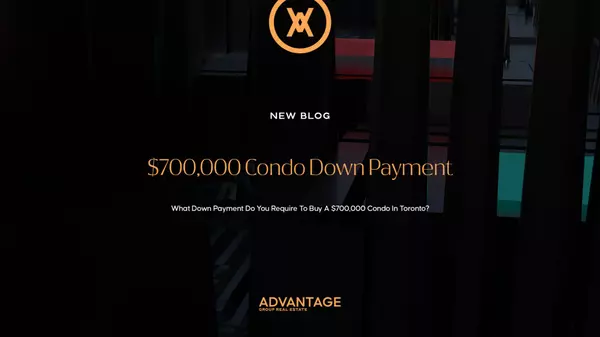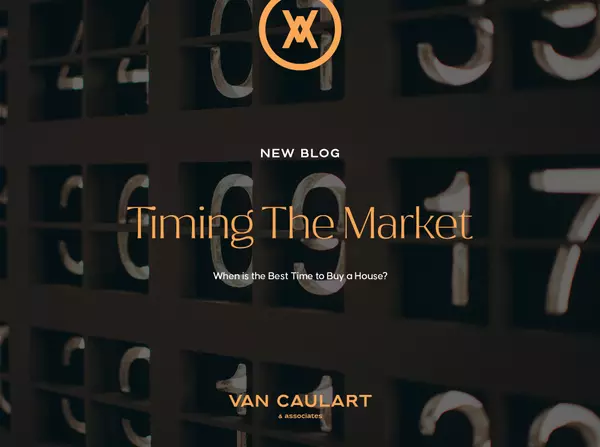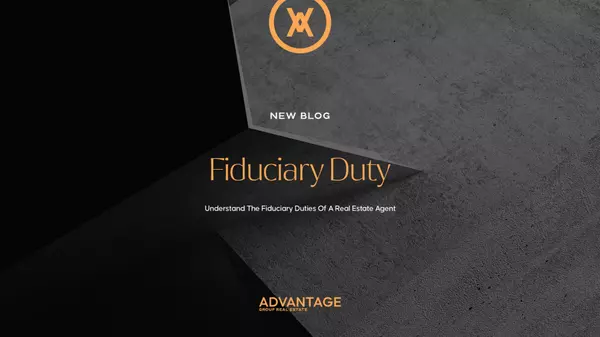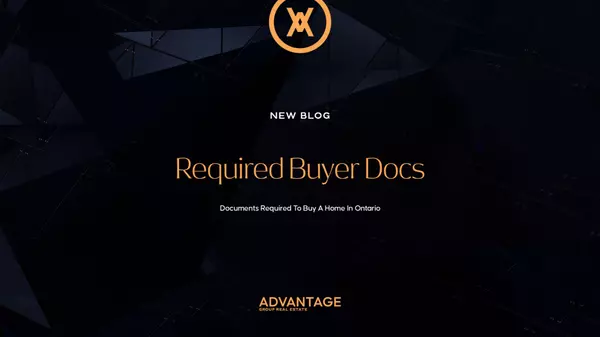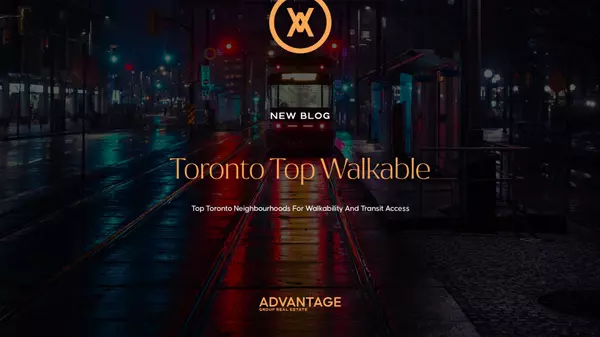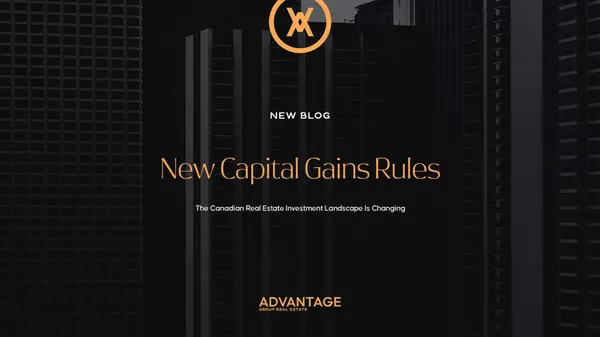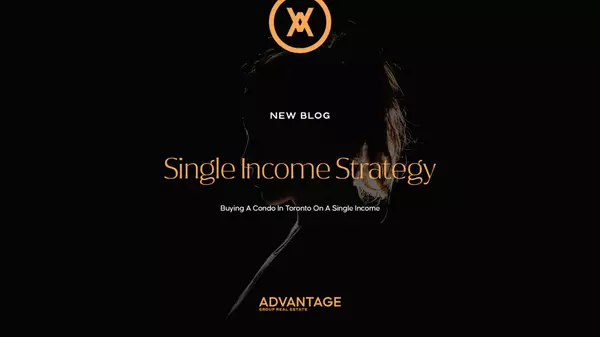
The Emotional Rollercoaster of Buying Your First Home: How to Stay Sane
One crisp October morning, I stood with my client – let's call her Sarah – in front of a quaint brick house. The excitement was unmistakable in her eyes, but a hint of apprehension flickered there, too. "Am I truly ready for this?" she asked, perfectly capturing the emotional rollercoaster of buyi

Toronto Real Estate Market Stats - April 2024
April 2024 saw a shift in the Greater Toronto Area (GTA) housing market compared to the temporary surge in activity experienced in April 2023. STATS AT A GLANCE Sales: Down 5% year-over-year (YoY) at 7,114 (TRREB) New Listings: Up 47.2% YoY Average Selling Price: $1,156,167 (Up 0.3% YoY) MLS® Home
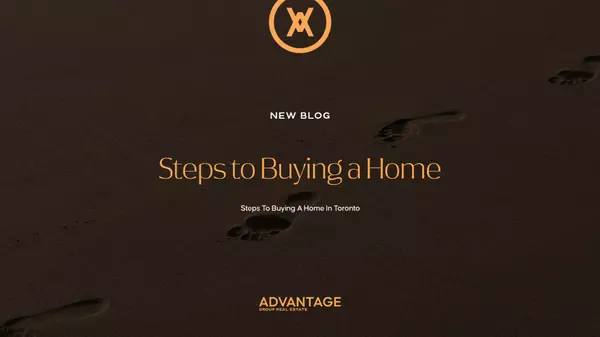
Steps To Buying A Home In Toronto
Embark on your journey to homeownership in Toronto with our latest article. Introduction Buying a home in Toronto may seem like a daunting task — with its sky-high prices, bidding wars, and endless paperwork. But fear not, it's not an impossible dream. This guide will help you cut through the chao
Categories
Recent Posts
